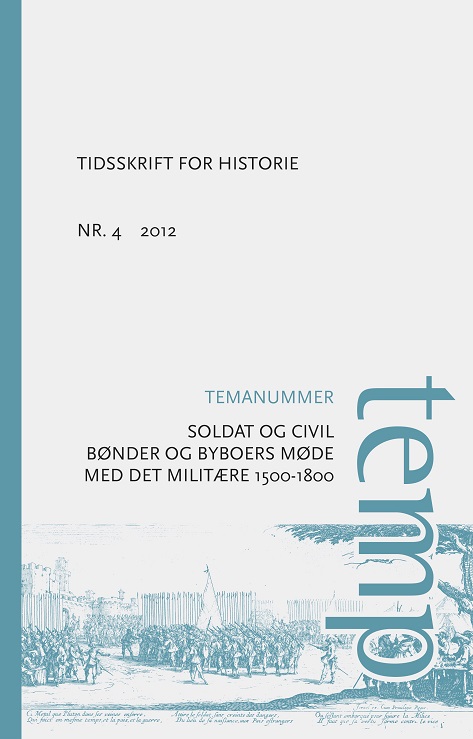KRIGENS FØLGER FOR CIVILSAMFUNDET NORDSLESVIG I 1600-TALLET
Nøgleord:
soldat og civil, krig, civilsamfund, 1500- og 1600-tallet, Karl Gustav-krigene, NordslesvigResumé
ABSTRACT
The consequences of war for civilian society:
Northern Schleswig in the 17th century
Inspired by studies of the Thirty Years War, the paper investigates the demographic, economic and social consequences of the wars of the 17th century for the northern part of the Duchy of Schleswig. The occupations of 1627 and 1644-45 in-flicted enormous material costs on rural society and locally even considerable demographic losses; nonetheless, agriculture was largely kept functional during the occupation, and the economy recovered quickly afterwards. There were reserves of people, cattle, and seed to fill the gaps. A third period of occupation in 1657-60 had far worse consequences. In some parts people fled and agriculture collapsed completely, and the northernmost parts experienced a demographic catastrophe. For the most affected parts it were to take half a century to bring the number of farms in function and families in residence back to pre-war levels, and even then the economy hardly had recovered in full. However, villages were eventually rebuilt in the old image, reconstructing almost completely the pre-war farm structure and land distribution. The exception is the private manors in the southern part of the duchy, but the structural change there was a continuous process, starting much earlier. Largely, these findings fit well with results from Germany.
Downloads
Publiceret
Citation/Eksport
Nummer
Sektion
Licens
Copyright temp - tidsskrift for historie og forfatterne.
Artikler publiceret i Temp må citeres, downloades og videresendes for ikke-kommerciel brug, under forudsætning af normal akademisk reference til forfatter(e) samt tidsskrift, årgang, nummer og sider. Artiklerne må kun genudgives med eksplicit tilladelse fra forfatter(e) og tidsskriftet.





